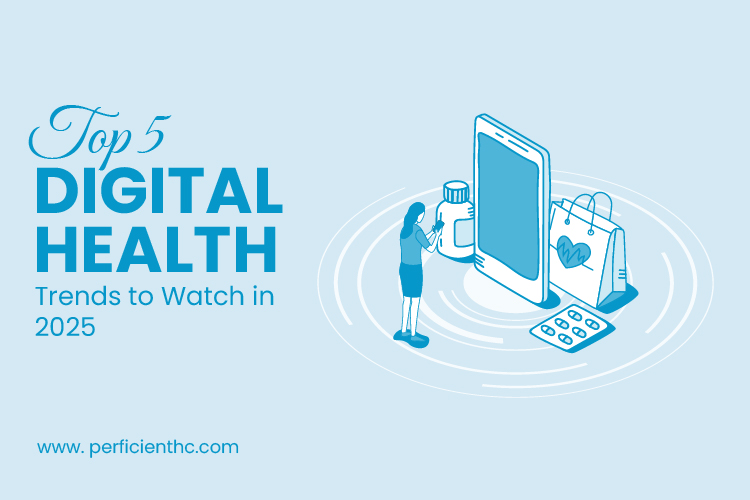As we move deeper into the digital age, healthcare is evolving faster than ever. In 2025, the focus is shifting from reactive care to predictive, data-driven, and patient-centered experiences. With technology playing a central role, digital health is no longer a supporting function, it is the foundation of modern care delivery.
Here are the top five digital health trends that are shaping the future of healthcare in 2025 and beyond.
1. AI-Powered Clinical Decision Support
Artificial intelligence is no longer experimental in healthcare, it’s essential. In 2025, AI is embedded into clinical workflows, helping physicians make faster, data-backed decisions.
From early diagnostics to risk stratification and treatment recommendations, AI is reducing uncertainty, improving accuracy, and saving valuable time for both providers and patients.
2. Rise of Remote Patient Monitoring (RPM)
Wearables, biosensors, and mobile health devices are making it easier to monitor patients in real time, far beyond the hospital setting. RPM is especially valuable for managing chronic diseases, post-surgical care, and elderly patients.
In 2025, more healthcare systems are integrating RPM with EHRs, enabling continuous care and early intervention before issues escalate.
3. Hyper-Personalized Digital Experiences
Patients now expect the same level of personalization from their healthcare providers that they get from retail or streaming services. In 2025, personalized content, care plans, and communication are becoming standard.
Digital front doors, mobile apps, and predictive algorithms are delivering tailored experiences that improve satisfaction, engagement, and outcomes.
4. Expansion of Virtual Care Beyond Telehealth
Virtual care is moving beyond basic video visits. In 2025, it includes virtual nursing, remote mental health support, digital physical therapy, and more.
These services are designed not just for convenience but for scalability, helping health systems manage patient load while maintaining high-quality care.
5. Cloud-Enabled Interoperability
As healthcare data grows more complex, cloud technology is driving real-time, secure data exchange across systems and organizations. In 2025, cloud-based platforms are making interoperability practical and scalable.
The result is better-informed care teams, fewer repeated tests, and a unified view of the patient across their care journey.
Conclusion
The digital health landscape in 2025 is defined by smarter systems, real-time data, and patient-first innovation. Healthcare organizations that embrace these trends are better positioned to deliver meaningful outcomes and create more agile, resilient care models.As the industry evolves, staying ahead means investing not just in technology but in strategies that center on people, data, and intelligent workflows.

